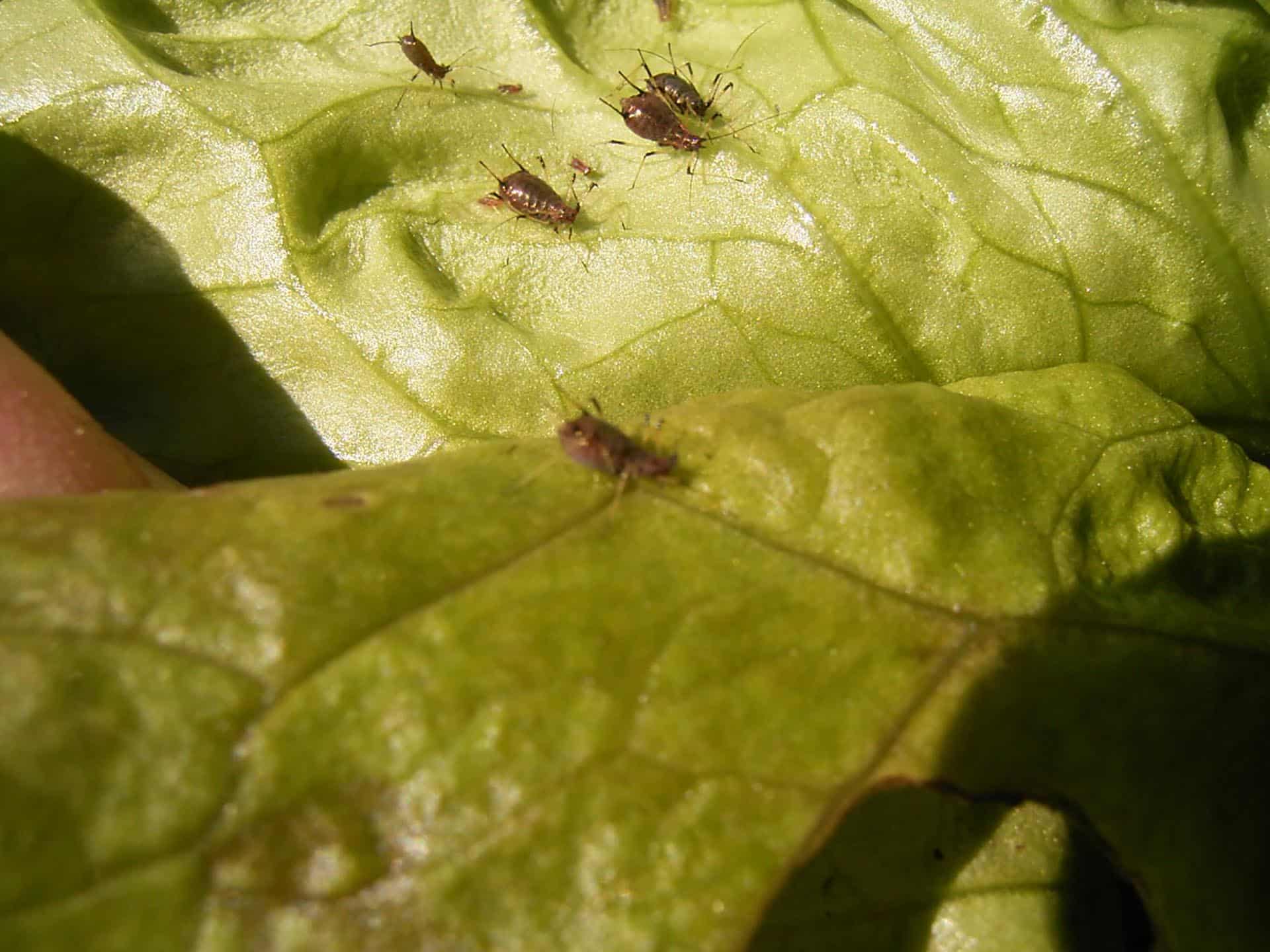There are a few thousand species of aphids of which around 200 to 300 species are crop pests. All aphids are small, soft-bodied, and tear-drop or pear-shaped.
The colour of aphids depends on the species or can sometimes be determined by what they are feeding on. They may be black, yellow, brown, green or even red.
A distinctive feature is the tube-like extensions from the rear of their abdomens called cornicles. These secrete pheromones or liquids which are not liked by predators as a defence mechanism.
Aphids are generally wingless but if they start to overcrowd a host plant, winged aphids will be born. These aphids are then able to fly onto new plants and start a new colony.
Mirid bug nymphs, of which there are good and bad, look very much like aphids but they do not have the cornicles.
One species, the woolly aphid has a waxy, fluffy coating which looks like wool, hence its name.
Aphids excrete honeydew which is a sticky, sugary liquid.
Species include: bean aphid (Aphis fabae), cabbage aphid (Brevicoryne brassicae), citrus aphid (Toxoptera citricida), pea aphid (Acyrthosiphon pisum), potato aphid (Nacrosiphum euphorbiae), melon aphid (Aphis gossypii), green peach aphid (Myzus persicae)
Adult size: 1-3mm

